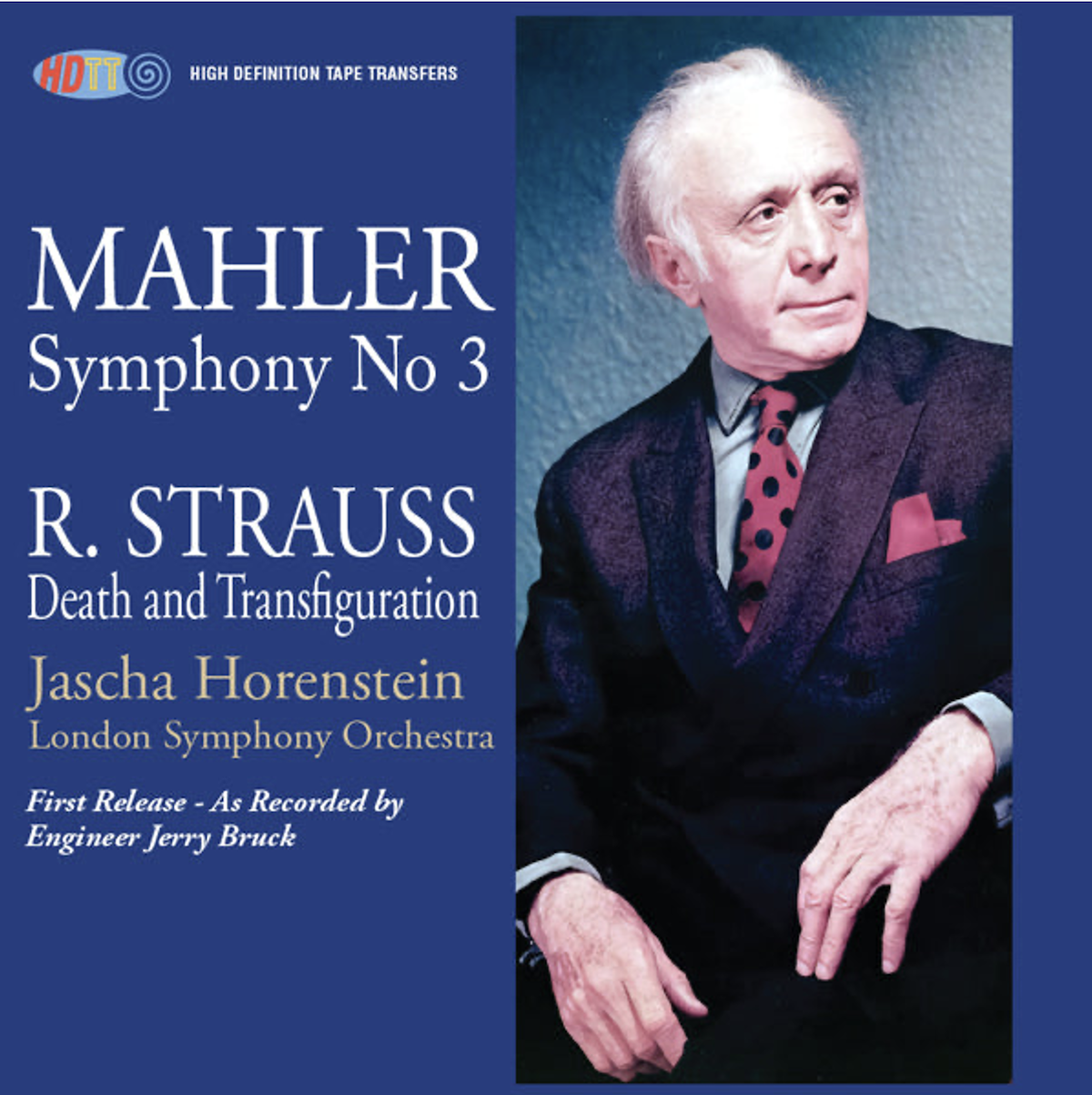I bought and downloaded the PCM 24/192 2.0 and 4.0 bundle:

 www.highdeftapetransfers.ca
This particular recording has maybe the best sound of a large orchestra (plus two choirs and a vocal soloist) that I have ever heard. And in 2.0 you hear what two microphones picked up. In 4.0 you hear what four microphones picked up (I haven't heard that one yet).
www.highdeftapetransfers.ca
This particular recording has maybe the best sound of a large orchestra (plus two choirs and a vocal soloist) that I have ever heard. And in 2.0 you hear what two microphones picked up. In 4.0 you hear what four microphones picked up (I haven't heard that one yet).
Things don't get much more minimalist audiophile than this. Props to High Definition Tape Transfers for making a commercial offering of the recording Jerry Bruck did beside the official Unicorn/Nonesuch back in 1970. He really was on to something.


Mahler Symphony No 3 & Strauss Death and Transfiguration - Jascha Hore
Title: Jascha Horenstein, Conductor London Symphony Orchestra Norma Procter, Contralto Ambrosian Singers, John McCarthy, Conductor Wandsworth School Boys Choir, Russell Burgess, Conductor William Lang, Flugelhorn solo Dennis Wick, Trombone solo John Georgiadis, Concertmaster, and violin solo
Things don't get much more minimalist audiophile than this. Props to High Definition Tape Transfers for making a commercial offering of the recording Jerry Bruck did beside the official Unicorn/Nonesuch back in 1970. He really was on to something.
Last edited:

